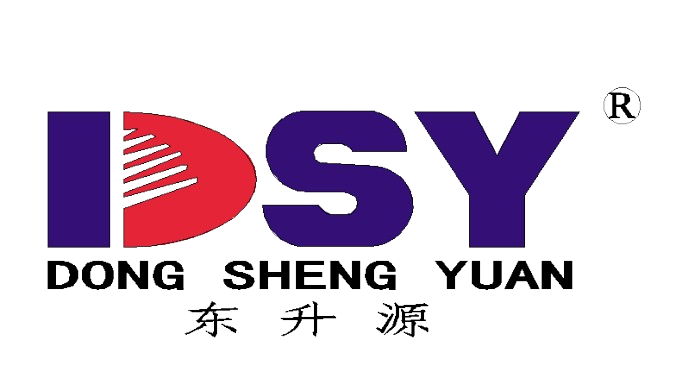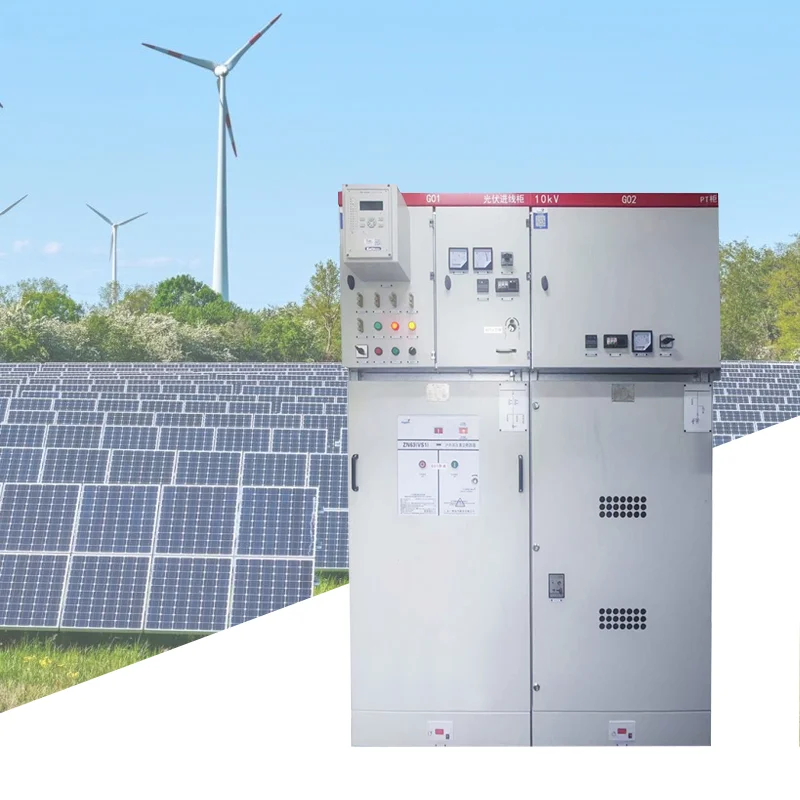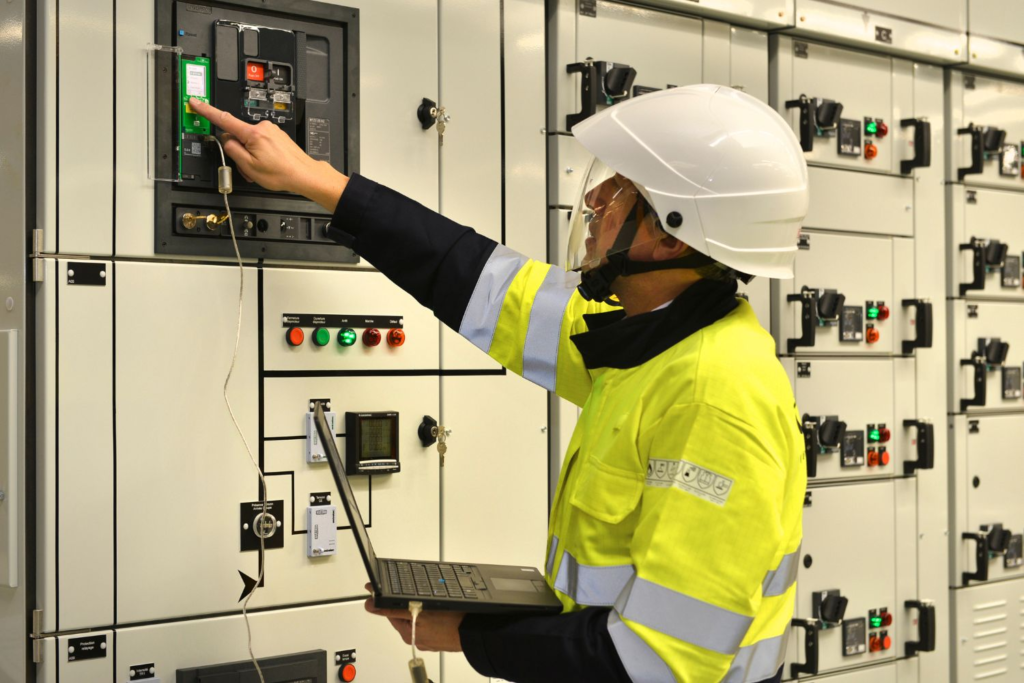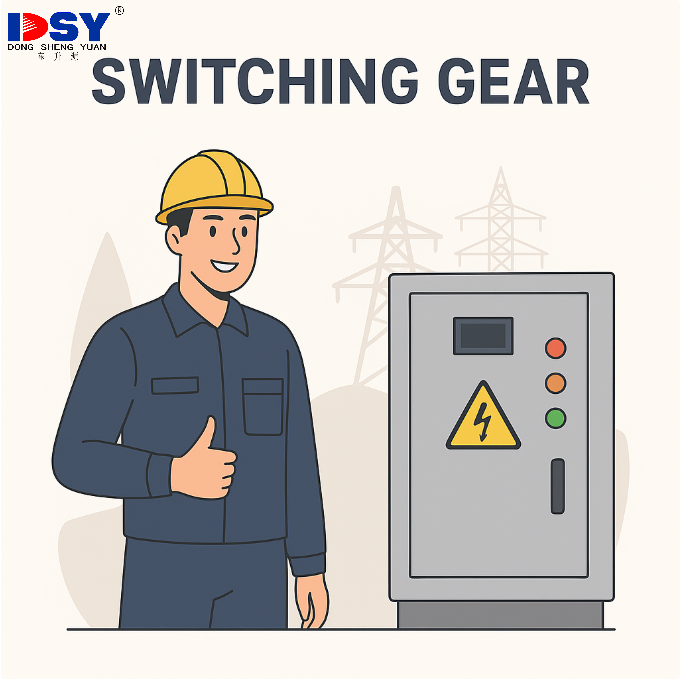How Medium-Voltage Switchgear Works: Components & Functions
Introduction
Medium-voltage switchgear is a critical component in modern electrical systems, ensuring safe, reliable, and efficient power distribution across industrial plants, commercial buildings,
and utility networks. DSY Switchgear, with over 15 years of experience in manufacturing and supplying switchgear solutions, helps clients reduce downtime and improve system safety.
In this article, we explore the main components, functions, and practical applications of medium-voltage switchgear. By understanding these elements, engineers, procurement managers, and industrial operators can make informed decisions when selecting switchgear for their projects.
What Is Medium-Voltage Switchgear?
Medium-voltage switchgear is electrical equipment designed to control, protect, and isolate electrical circuits in the voltage range of 1 kV to 36 kV. It ensures safe operation while enabling maintenance and fault management without interrupting the entire system.
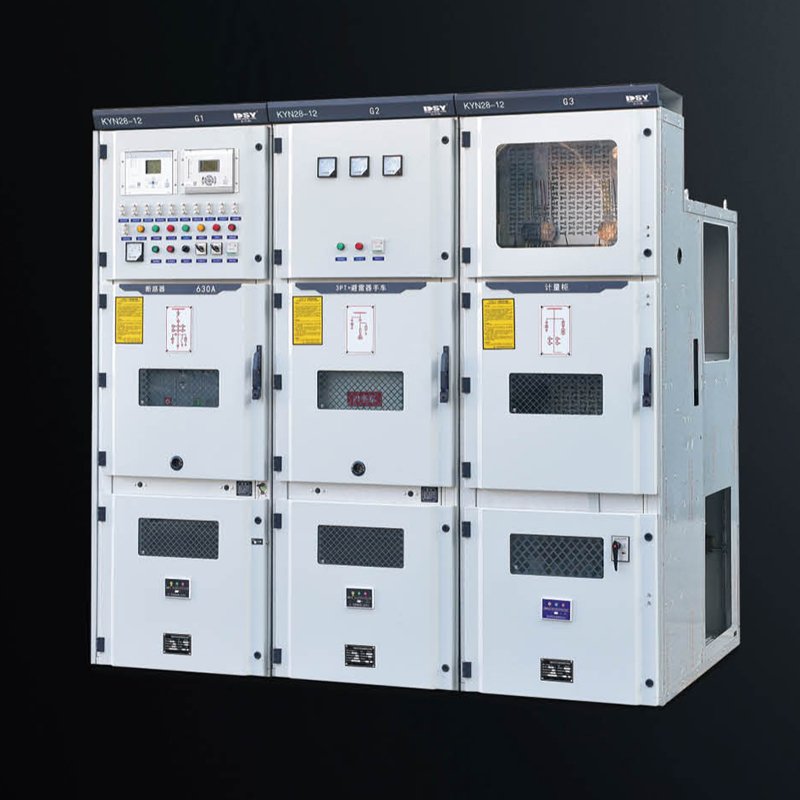
Key Functions of Medium-Voltage Switchgear
-
Control the flow of electrical power
-
Protect equipment and personnel from faults
-
Isolate faulty circuits to maintain system stability
-
Facilitate safe maintenance and operation
Voltage Range and Applications
| Voltage Range | Typical Application | Key Feature |
|---|---|---|
| 1 kV – 7.2 kV | Commercial buildings, small factories | Compact design, easier maintenance |
| 7.2 kV – 15 kV | Industrial plants, substations | High reliability, modular construction |
| 15 kV – 36 kV | Utility networks, large industrial facilities | Advanced protection, high fault rating |
Image suggestion: Diagram of a medium-voltage switchgear panel showing labeled components.
Main Components of Medium-Voltage Switchgear
Each component has a specific role in ensuring the safety and reliability of the electrical system.
1. Circuit Breakers (CB)
Function: Interrupt current automatically during faults or overloads.
Common Types:
-
Vacuum Circuit Breakers (VCB): Highly reliable, low maintenance
-
SF6 Circuit Breakers: Excellent insulation and arc-extinguishing
Selection Tips: Consider voltage, load, fault current rating, and maintenance needs.
Image suggestion: Photo showing a vacuum and SF6 circuit breaker side by side.
2. Current Transformers (CT) and Voltage Transformers (VT)
Function: Measure electrical parameters for monitoring and protection.
| Component | Function | Selection Tip |
|---|---|---|
| CT | Measures current for protection relays | Choose accuracy class based on relay requirements |
| VT | Measures voltage and provides safe signals | Ensure compatibility with monitoring systems |
Image suggestion: Diagram showing CT and VT connections inside switchgear.
3. Busbars
Function: Conductive bars that distribute power from incoming supply to outgoing feeders.
Key Points:
-
Made from copper or aluminum for high conductivity
-
Designed to handle high current safely
-
Ensure minimal voltage drop and heat generation
Image suggestion: 3D diagram showing busbars within a switchgear enclosure.
4. Protection Relays
Function: Detect faults such as overcurrent, short circuits, or earth faults and trip circuit breakers.
Types:
-
Electromechanical relays
-
Digital/microprocessor-based relays (modern choice for flexibility and remote monitoring)
CTA Tip: Use modern digital relays to improve system reliability and reduce downtime.
Image suggestion: Close-up of digital protection relay display inside switchgear.
5. Disconnect Switches
Function: Provide safe isolation for maintenance.
Key Notes:
-
Visible isolation ensures worker safety
-
Load-break switches are recommended for frequent operations
Image suggestion: Photo of a disconnect switch in open position.
6. Enclosure
Function: Protects internal components from dust, moisture, and physical damage.
Types:
-
Indoor: Metal-clad or metal-enclosed
-
Outdoor: Weatherproof and rugged for harsh environments
Image suggestion: Outdoor switchgear installation in industrial facility.
How Medium-Voltage Switchgear Functions Together
Medium-voltage switchgear components work in a coordinated system to ensure smooth operation:
| Step | Function |
|---|---|
| 1 | Incoming power enters busbars |
| 2 | Circuit breakers control and protect circuits |
| 3 | CTs and VTs monitor current and voltage |
| 4 | Protection relays detect abnormal conditions and trip CBs |
| 5 | Disconnect switches isolate equipment for safe maintenance |
Flow Description: When a short circuit occurs, CTs detect abnormal current → Protection relays act → Circuit breaker trips → Faulty section isolated, maintaining system stability.
Image suggestion: Flowchart of medium-voltage switchgear operation from incoming power to fault isolation.
Applications of Medium-Voltage Switchgear
Medium-voltage switchgear is widely used in:
| Application | Benefits | Example Use Case |
|---|---|---|
| Industrial Plants | Reliable power, fault protection | Steel or chemical plants |
| Commercial Buildings | Compact, easy maintenance | Office complexes, shopping malls |
| Utilities | High fault tolerance, remote monitoring | Substations and power distribution networks |
| Renewable Energy | Integration with PV/wind systems | Solar farm or wind substation |
CTA Tip: Selecting the right switchgear ensures uptime, safety, and operational efficiency for your facility.
Image suggestion: Multiple photos of medium-voltage switchgear installed in factory, office building, and solar substation.
Summary
Medium-voltage switchgear is essential for control, protection, and isolation of electrical circuits. Its main components—circuit breakers, CTs/VTs, busbars, protection relays, disconnect switches, and enclosures—work together to ensure safe and reliable power distribution.
By understanding these components and functions, industrial operators, engineers, and procurement managers can reduce downtime, enhance safety, and make informed purchasing decisions.
CTA: Looking for reliable medium-voltage switchgear solutions? Contact DSY Switchgear today to get expert consultation and equipment tailored for your industrial or commercial project.
